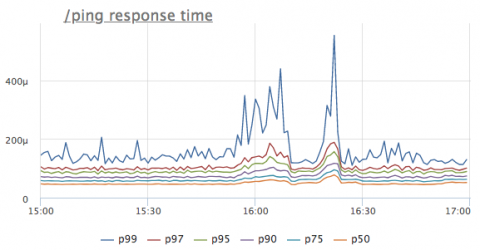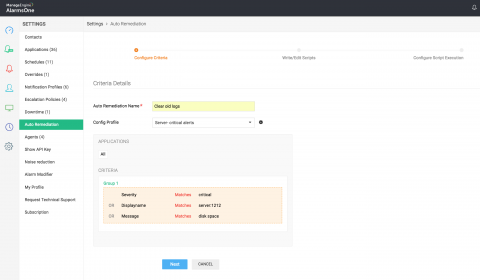Feature Spotlight: API Checks
API checks are as simple or complex as you need them to be, offering a great deal of functionality in checking the uptime of your own tools. Combined with a powerful programming interface like REST API, your checks can prove quite useful. These checks are multi-step, meaning you can ask it to do almost anything so long as you present those requests in a syntax your server understands. The key to an API check is formatting your requests properly.











